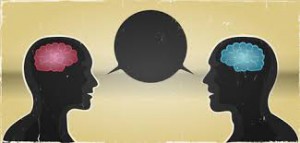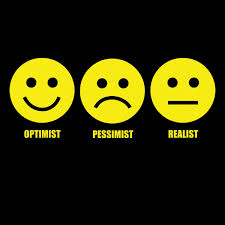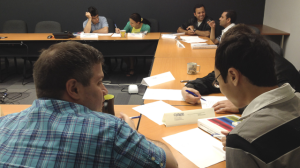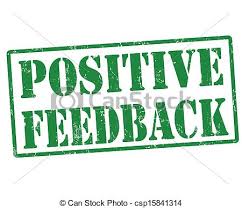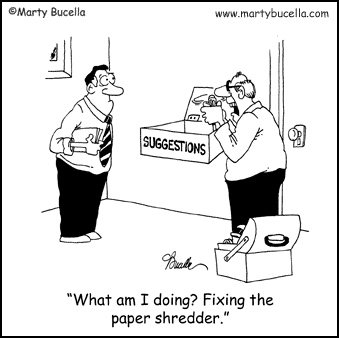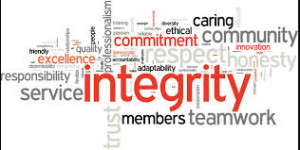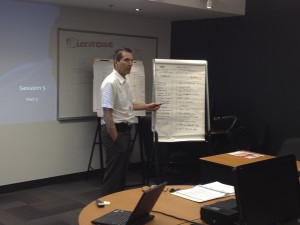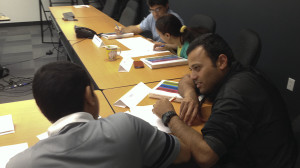Employees with higher self-esteem and self-confidence tend to take more risks, find solutions to problems and are less resistant to change. I’ll talk about how to increase an employee’s self-esteem and self-confidence in this video and article. Subscribe to our YouTube channel for new videos as they come out.
 In one of my previous articles and videos I spoke about how to have employees become more creative and practice, continuous improvement. One of the key factors I mentioned was employee self-esteem and self-confidence and how this impacts creativity and attitude towards change.
In one of my previous articles and videos I spoke about how to have employees become more creative and practice, continuous improvement. One of the key factors I mentioned was employee self-esteem and self-confidence and how this impacts creativity and attitude towards change.
Some people are the type that embrace change and risk-taking and others are much more conservative in the face of change and risk. You cannot change someone’s basic nature, but you can improve their self-esteem and self-confidence.
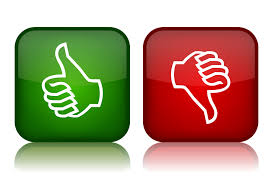 Leaders can improve someone’s self perception by the type of feedback they give them. Employees require both negative and positive feedback. There needs to be a balance between the two. Often there is a greater emphasis on negative feedback as we often tend to see what’s not going well versus what is going right.
Leaders can improve someone’s self perception by the type of feedback they give them. Employees require both negative and positive feedback. There needs to be a balance between the two. Often there is a greater emphasis on negative feedback as we often tend to see what’s not going well versus what is going right.
Too much negative feedback can lower someone’s self-esteem and self-confidence. By recognizing good performance and behaviors that lead to that performance will make it easier for the person to receive negative feedback. When done well negative feedback can act as constructive criticism towards continuous improvement.
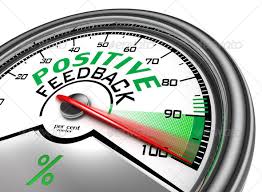 When people receive positive feedback for the work they’re doing it reinforces that they are on the right track and this fuels their self-esteem and self-confidence. Positive feedback should be explicit in that it points out the qualities the person is using to produce positive results. Rather than saying you did a good job on that report, one could say the report you produced was well thought out and presented in a very clear and understandable fashion. You really have a strength to go into depth on things.
When people receive positive feedback for the work they’re doing it reinforces that they are on the right track and this fuels their self-esteem and self-confidence. Positive feedback should be explicit in that it points out the qualities the person is using to produce positive results. Rather than saying you did a good job on that report, one could say the report you produced was well thought out and presented in a very clear and understandable fashion. You really have a strength to go into depth on things.
When done this way you are linking a personal strength to how the task or job was performed well. This can really boost someone’s self-confidence and motivate them to use their strengths even more.
Set a goal for yourself to look for things that people are doing well every day. Take notes and formulate how you can give positive feedback using the guidelines described here. Give the feedback.
If you make a conscious effort to do this every day. It will soon become a habit and you won’t have to think about it anymore. It takes a conscious to look for the positive.
At first it might feel unnatural and uncomfortable to give the positive feedback but this is only temporary and worth the effort. Do it with sincerity and soon it will become natural and easy. This will make you a better leader and manager.
I hope these tips were helpful and let us know your experience with giving feedback.
Subscribe to our YouTube channel and blog get to more videos and articles like this.

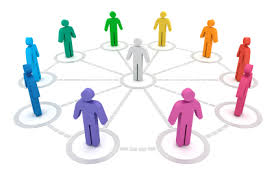
 telligence is more focused on physical beauty and pleasures and on performing tasks with force and determination.
telligence is more focused on physical beauty and pleasures and on performing tasks with force and determination.
